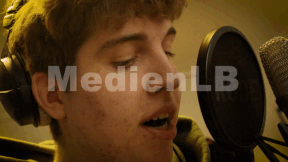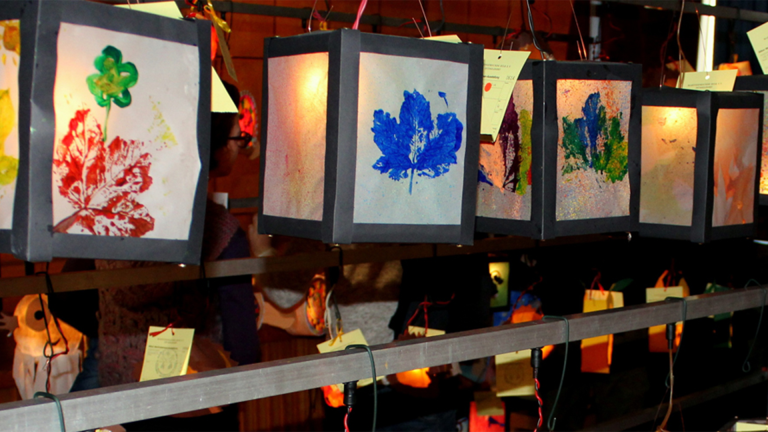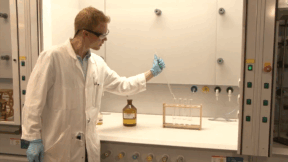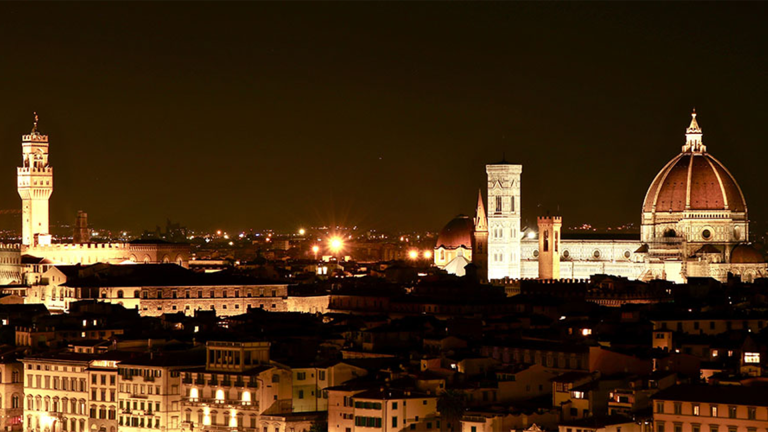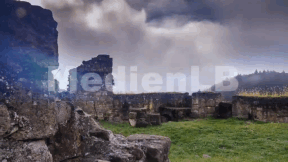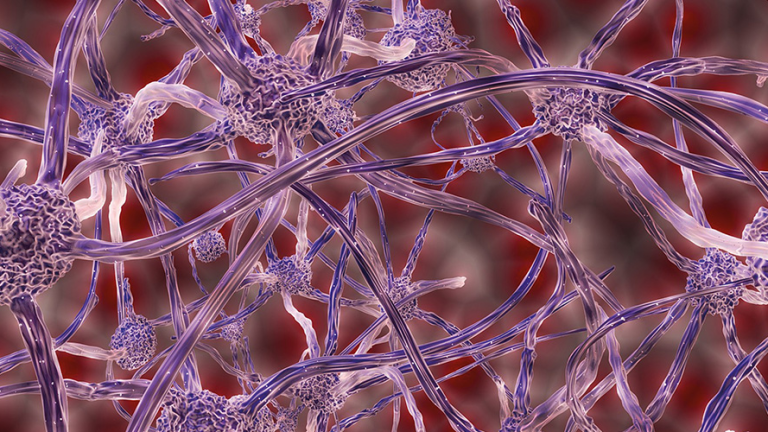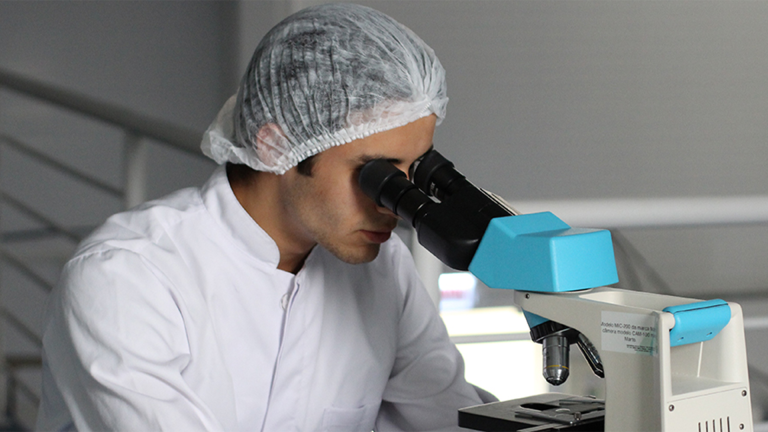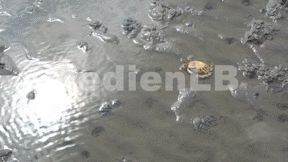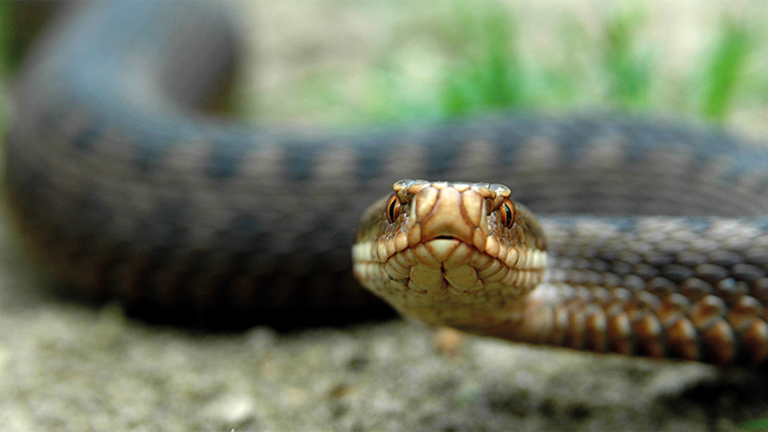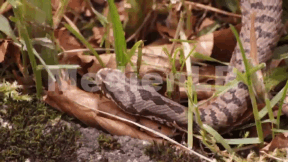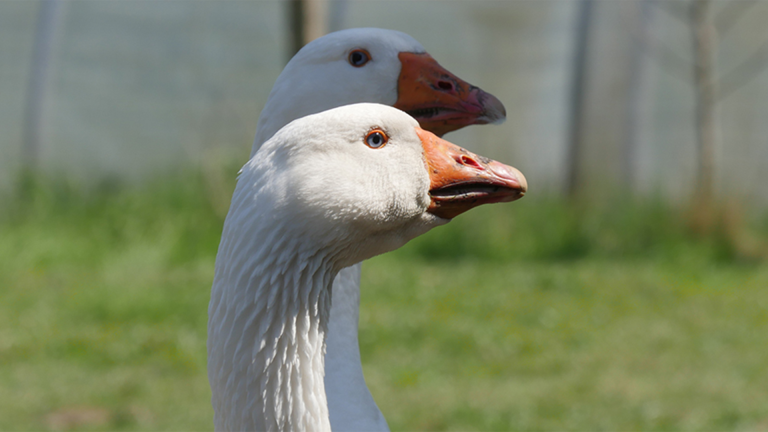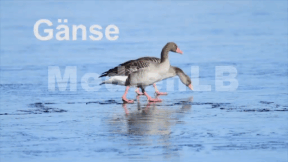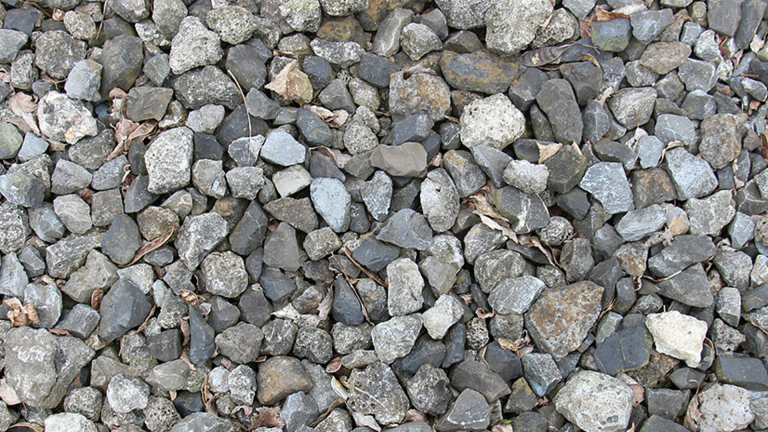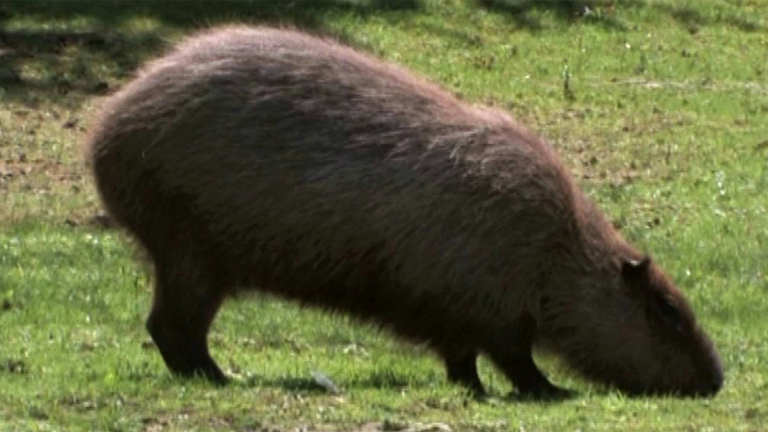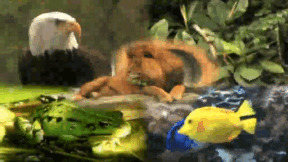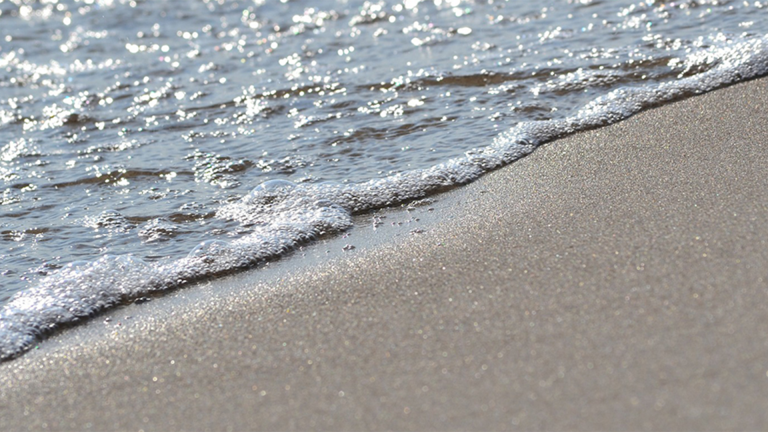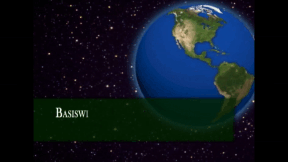Suche:
- # Artistry
- # Biology
- # Chemistry
- # Ecological
- # Economy
- # English
- # Foreign Language
- # Geography
- # German
- # Health
- # History
- # Informatik
- # Latin
- # Mathematics
- # Media Education
- # Music
- # Physics
- # Politics / Civics
- # Preschool
- # Primary School
- # Religion
- # Society
- # Sports
- # Technology
- # Training of Teachers
- # Vocational Education
Ein Rap entsteht
Der Rap, als Teil des Hip-Hop, entwickelte sich in den 1970er und 80er Jahren in den USA, hauptsächlich in den New Yorker Stadtteilen Bronx und Brooklyn.
Learn moreSaint Martin
Every year on November 11, Saint Martin’s Day is celebrated. This church festival is also referred to as Saint Martin’s Feast.
Learn moreResearch Made Easy
There are people who much enjoy finding out things that nobody has found an answer to yet. These people are called scientists. They work to ensure that we humans are able to understand our world better. They discover lots of things that nobody knew before. Or they discover something that occurred so long ago that there is nobody who can remember it any more.
Learn moreRenaissance
While large parts of Europe still lived in the Dark Middle Ages and huge cathedrals dominated the cities, a new consciousness blossomed in Florence, Italy at the beginning of the 15th century:
Learn moreNeuronen
Was wir fühlen, wie wir reagieren, das wird gesteuert durch die Nervenbahnen unseres Gehirns. In dem Film wird das Nervensystem dargestellt und der Aufbau der einzelnen Nervenzellen erläutert. Welche Übertragungswege ein Reiz nimmt und auf welchen Wegen eine Reaktion ausgelöst wird, wird in anschaulichen Grafiken gezeigt.
Learn moreNatur erleben
Die Naturwissenschaften gelangen zu ihren Ergebnissen durch präzise Beobachtung, durch fundierte Hypothesenbildung, deren experimentelle Überprüfung und Auswertung. Vermittelt werden die Ergebnisse in einem festgelegten Kanon der Darstellung, sei es durch Schaffung eines anschaulichen Modells oder einer detaillierten Zeichnung, sei es durch ein aussagekräftiges Diagramm.
Learn moreCommon European Adder
The common (European) adder is extremely wide-spread across the globe.
Learn moreGeese
“They’re gabbling like geese”, “she’s such a stupid goose” or “silly goose”– those are commonly known sayings.
Learn moreBiotope: Gravel Pit
The forest has been cleared, the bridge is already in place, too. Only the road surface is missing.
Learn moreVertebrates
This DVD introduces the members of vertebrates group existing today, illustrated by various examples. The phyloge- netic development, which started in the primeval oceans, is shown in detail by means of homologous skeleton structures. The variations in the body’s basic structure in adaptation to the vertebrates’ respective needs, which resulted in today’s situation with vertebrates living in water, on land and in the air, are demonstrated by means of extant representatives of the class. The vertebrates group encompasses cartilage and bony fishes, amphibians, reptiles, birds and mammals. The modifications of those skeletal elements serving locomotion, from the fins of the fish to the wing span of the birds and the hands of mammals, are shown. This DVD is suitable for the topic of vertebrates for younger pupils or as a contribution to the topic of evolution illustrated by means of the development of vertebrates.
Learn moreEcosystem Sea
The oceans have been the largest connected ecosystem of the world since hundreds of millions of years. All life originated here, and a stable system ranging from single-cell plants and animals to huge vertebrates has been established. An incredible abundance of shapes and colours has emerged. Even today, we know only a fraction of this variety. We know less about the co-existence of these beings, their interdependency and the conditions and particulars of their food chain than we know about one or the other celestial body. The largest consumers of the sea, sharks and whales have an important task in the marine ecosystem. They ensure that the populations of small predators like seals, groupers and tuna do not grow excessively. In the film, the interrelation between the individual creatures is illustrated and the ecosystem sea as well as the dangers of human interference are explained using the example of sharks and whales. We learn about these animals’ characteristics and structure. We also see why and how they are endangered and what damage the marine ecosystem might suffer if these animals were exterminated. The climate change and its consequences for the ecosystem sea are illustrated by the example of sharks and whales.
Learn moreBasics of Biology II
In its first chapter, Basics of Biology II deals with the food chain. The producers as the basis of the food chain and the consumers, the herbivores and carnivores, are introduced /presented. Further focus points are the energy intake through food as well as the energy losses connected with it. The resulting energy efficiency of a herbivore is vividly illustrated in an experiment. Subsequently the carbon cycle is dealt with: its occurrence and the carbon cycle from producer to consumer, and last but not least the function of destruents. In the third chapter the next important cycle, the nitrogen cycle, is discussed. Special emphasis is put on the process of nitrification as well as the function of nitrogen-binding micro-organisms and their natural fertilisation of our agricultural soil. The importance of the nitrate for plants is shown in a laboratory test. Together with the extensive additional material the DVD is ideally suited for use in the classroom.
Learn more




